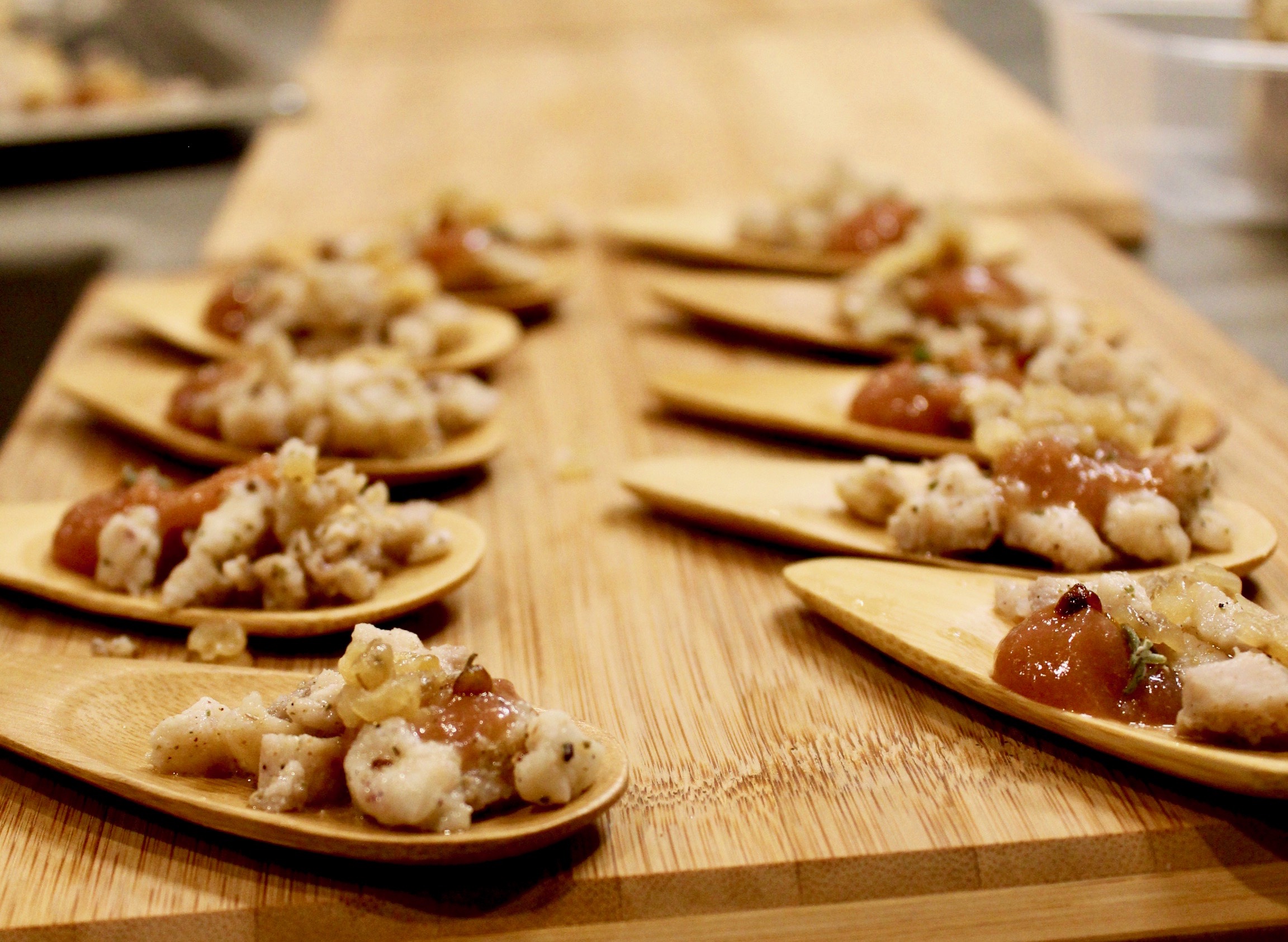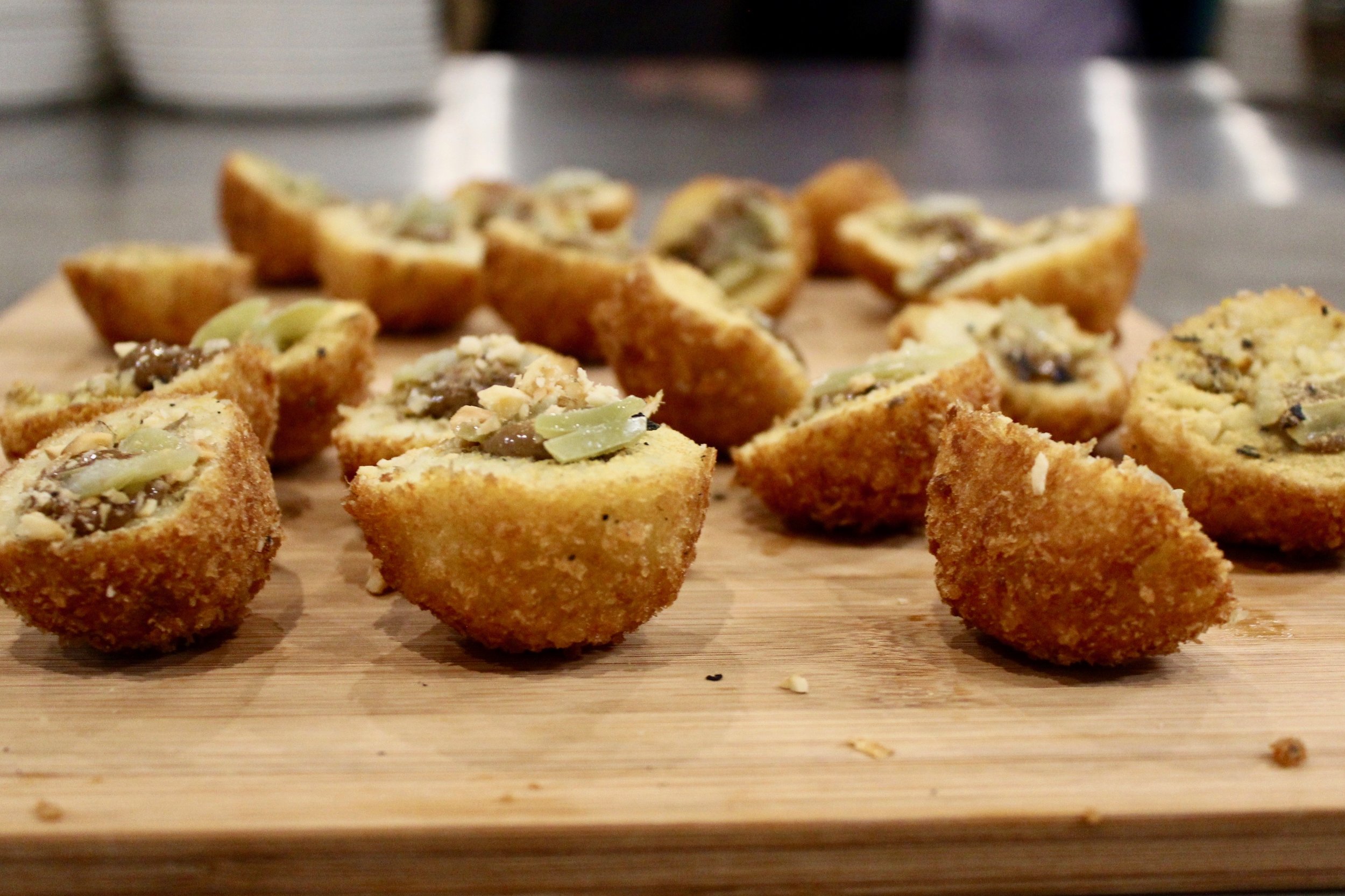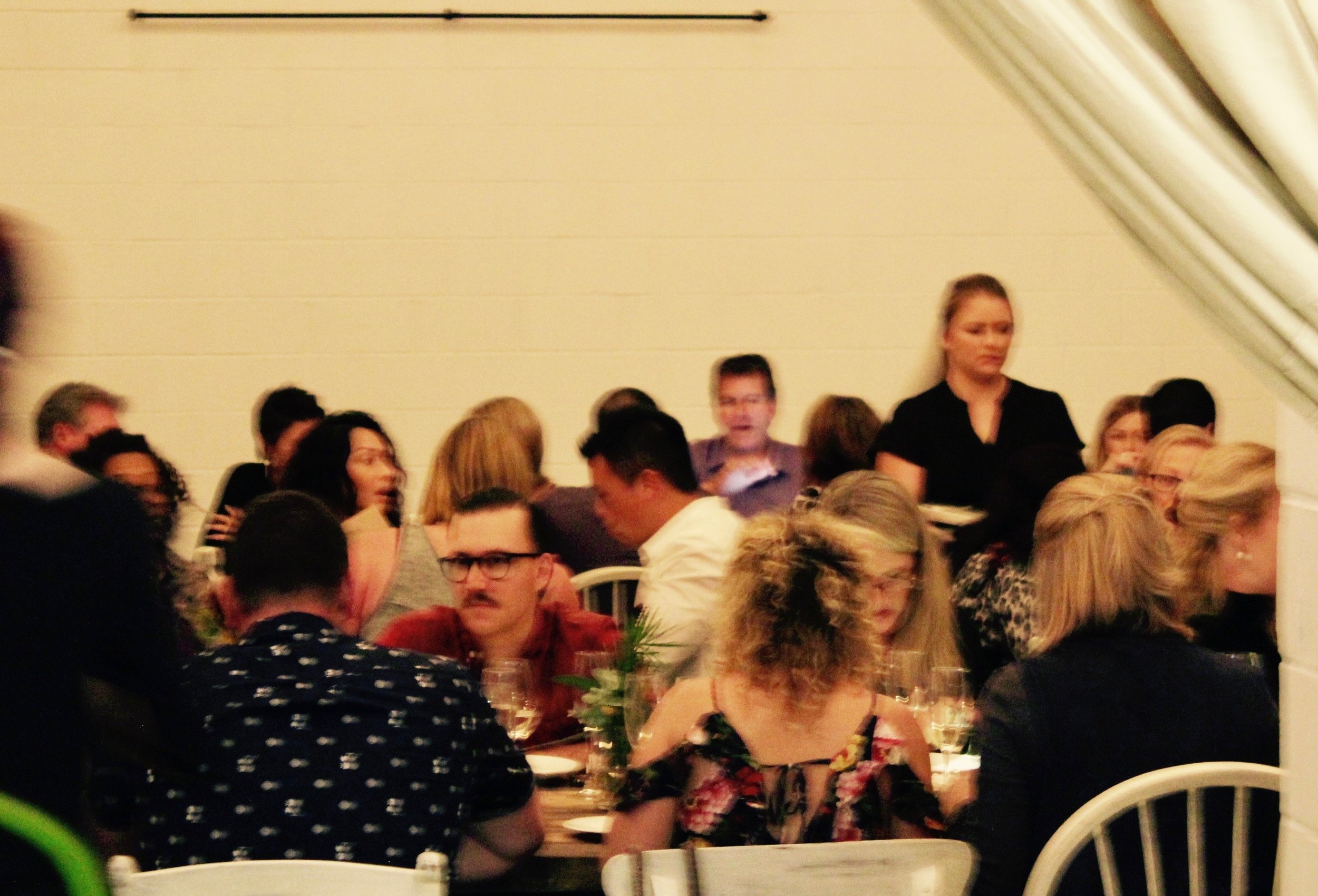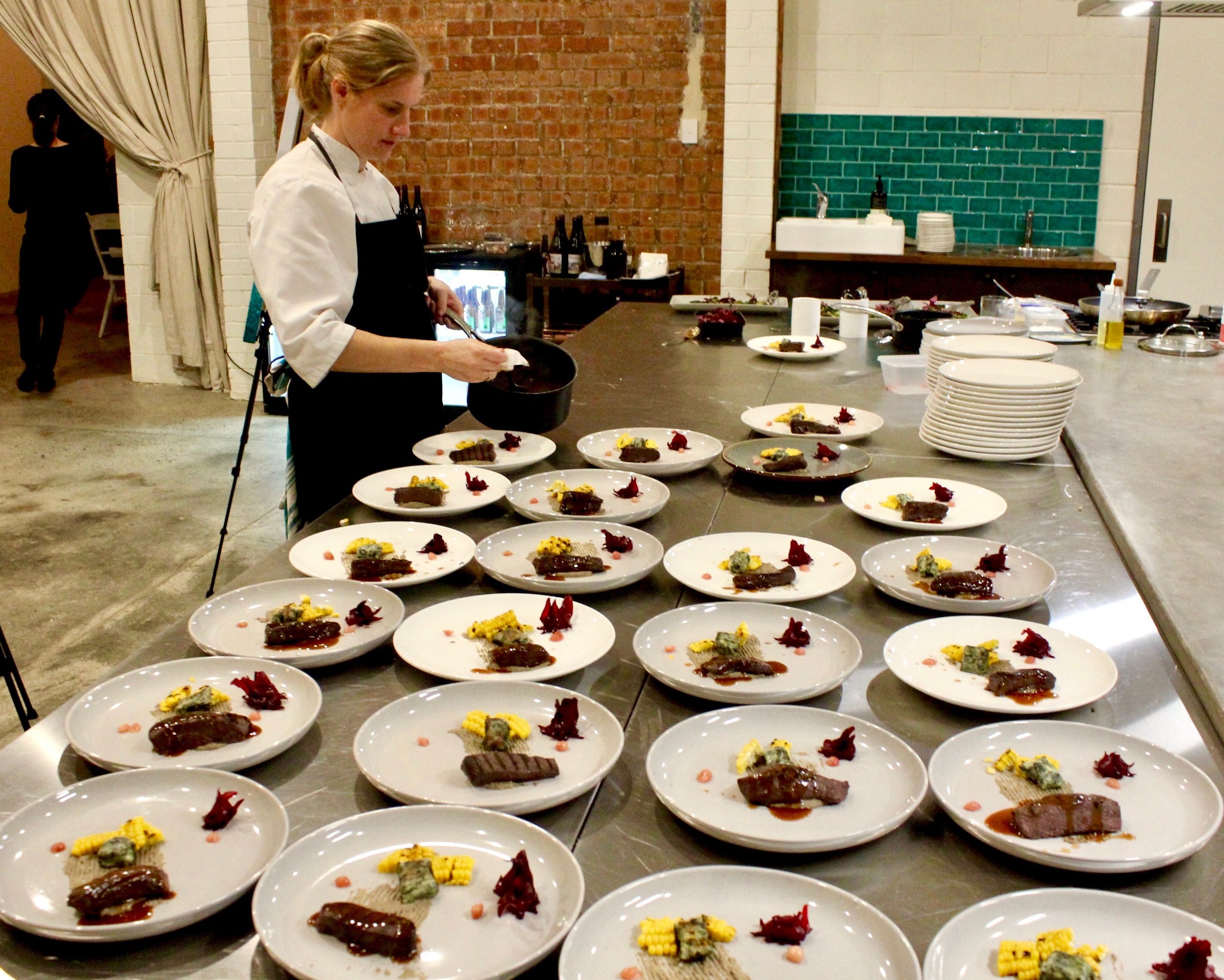Do you ever ask your fishmonger or restaurant waiter where the seafood you are eating is coming from? It is an important question, and one that can drive and change the way fish and shellfish are caught and then sold here in Australia.
We are a long way from achieving and maintaining the sustainable fishing practices of countries such as Norway, which currently holds the title for most sustainable fishing in the world. However, by making an informed decision about what fish we buy and eat, keeping in mind those species which are 'over-fished', each individual contributes to the development of a completely sustainable fishing industry.
Let's take a look at the local market and a big local favourite: West Australian prawns. It is important to remember that eating local does not always mean that you are eating sustainably. See below for a list of WA prawns and their sustainability status plus the best seasons and ways to prepare them!
Wild caught Endeavour and Banana Prawns: Fished in the tropical waters of northern WA (and QLD), banana prawns are short-lived and fast-growing (these are two good signs). Stocks are healthy and these prawns are caught by otter trawler (at the sea surface) in WA, minimising sea bed and habitat impact. There is still a problem with by-catch reduction, with many species such as turtles and endangered sea snaked being caught up in the fishing equipment. Small-scale WA fisheries do not appear to be having a major impact on the decline in turtle numbers. So eat banana and endeavour prawns on occasion, perhaps chilled in a salad or tossed through pasta, but take care not to eat them everyday!
Western King Prawn: Available almost year round, King Prawn stocks are considered stable from fisheries including Exmouth and Shark Bay. It is still recommended that these be eaten in moderation as bottom trawlers are still used to harvest King prawns and the effects of this on the habitat are still to be seen. If anything, it would be more sustainable to eat Spencer Gulf King prawns from South Australia as the sustainability rating here is much higher. But, keep to Shark Bay and Exmouth if you prefer to stay with WA and watch out for their 2017 rating. King Prawns are perfect marinated with lemon myrtle and pepperberry and charred on the barbecue.
Tiger Prawn: These are meaty and tender and a big favourite. Wild Tiger prawns are also caught by otter trawler off the tropical north coast of WA, having a low impact on the muddy seabed. Those caught over in Queensland are said to have more of an impact on the habitats of the seabeds. Again, they shouldn't be eaten everyday, so stick to reputable fisheries when buying and try to eat when mainly in season ( Summer and Autumn). If available, farmed Tiger prawns are much more sustainable and are fed with non-fish feed, therefore not impacting wild fish stocks at all. Tiger prawns are beautiful just butterflied and glazed with butter and gubinge. They can also hold their own in a curry or casserole.
Most importantly, stay away from imported farmed prawns from parts of Asia including China and Vietnam where native prawn stocks are being displaced by farmed species and coastal habitats have been destroyed (i.e: Vannamei or White leg prawns are not sustainable and are fed on fish oil and fish feed...... they're not terribly tasty either).
To keep up to date with Australia's fish and seafood stocks and to understand more about which species are sustainable, check out the fantastic mobile phone app Australia's Sustainable Seafood Guide here. Let's all work together to make WA and Australia one of the most sustainable fishing countries in the world.








